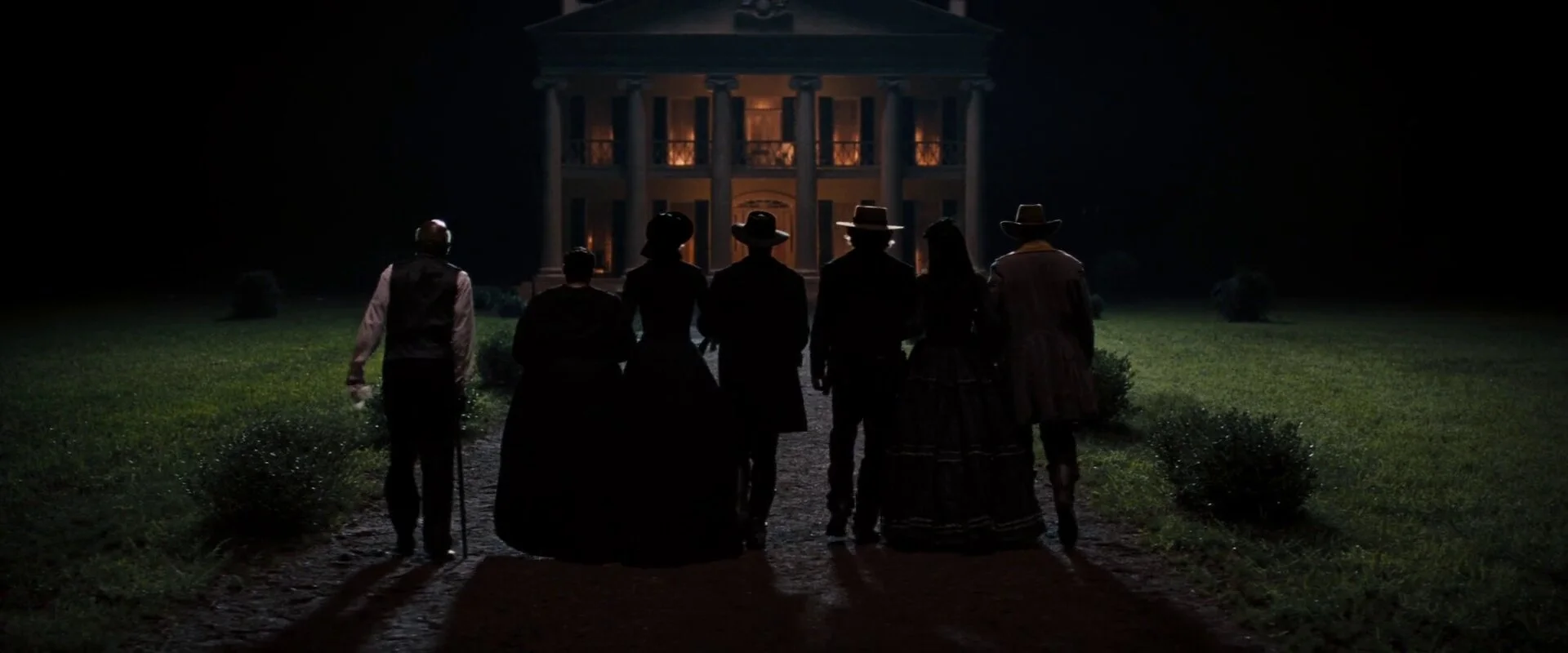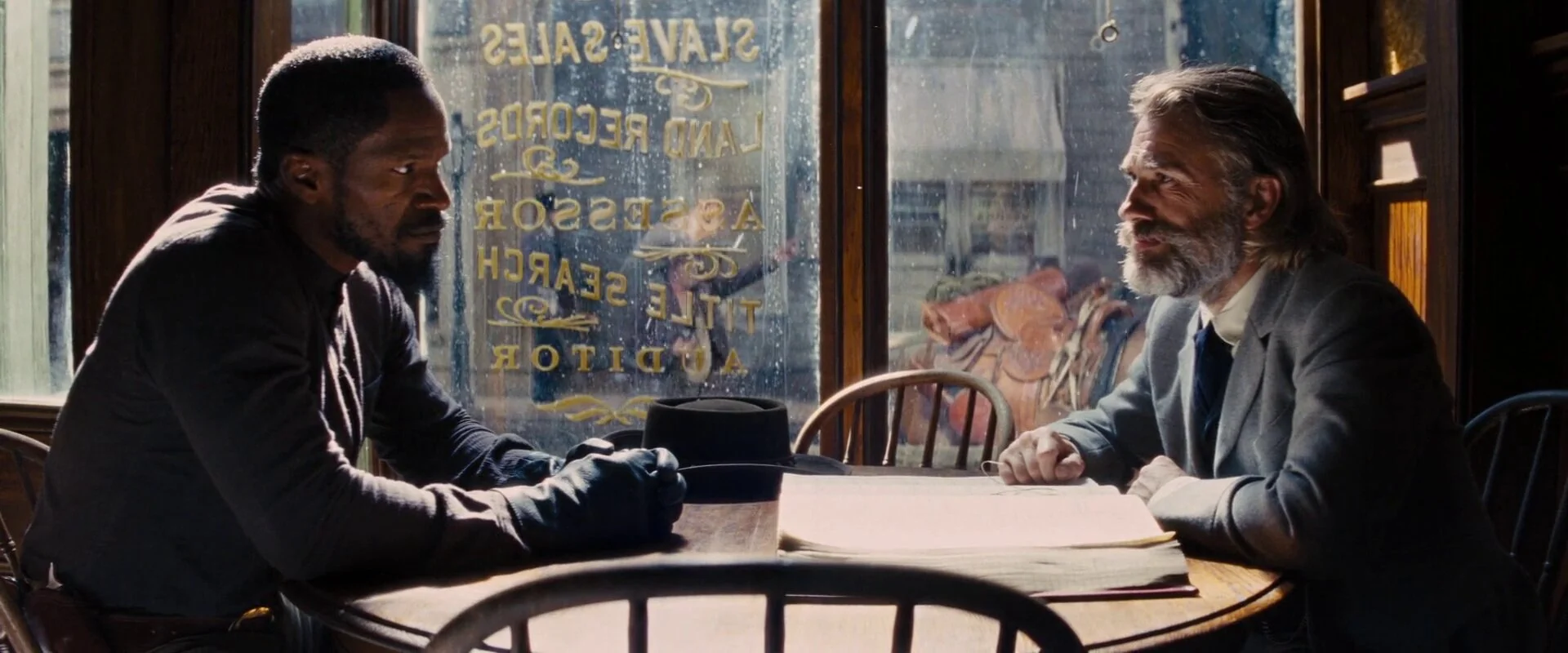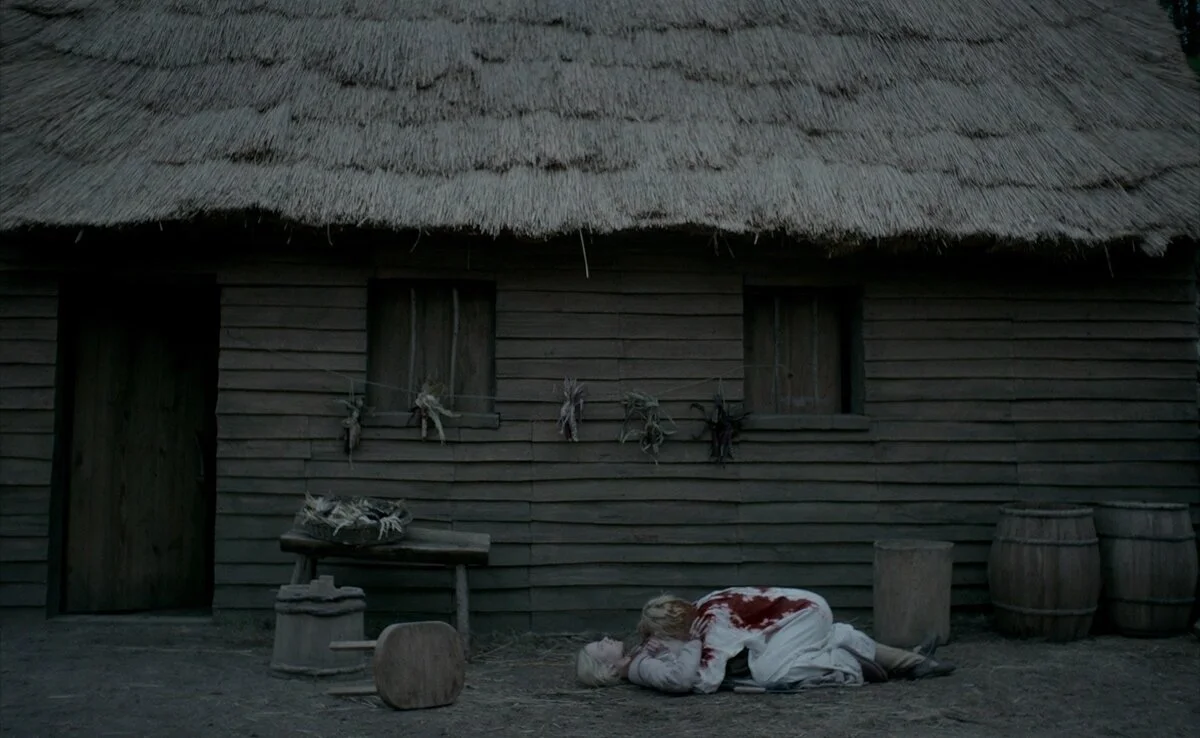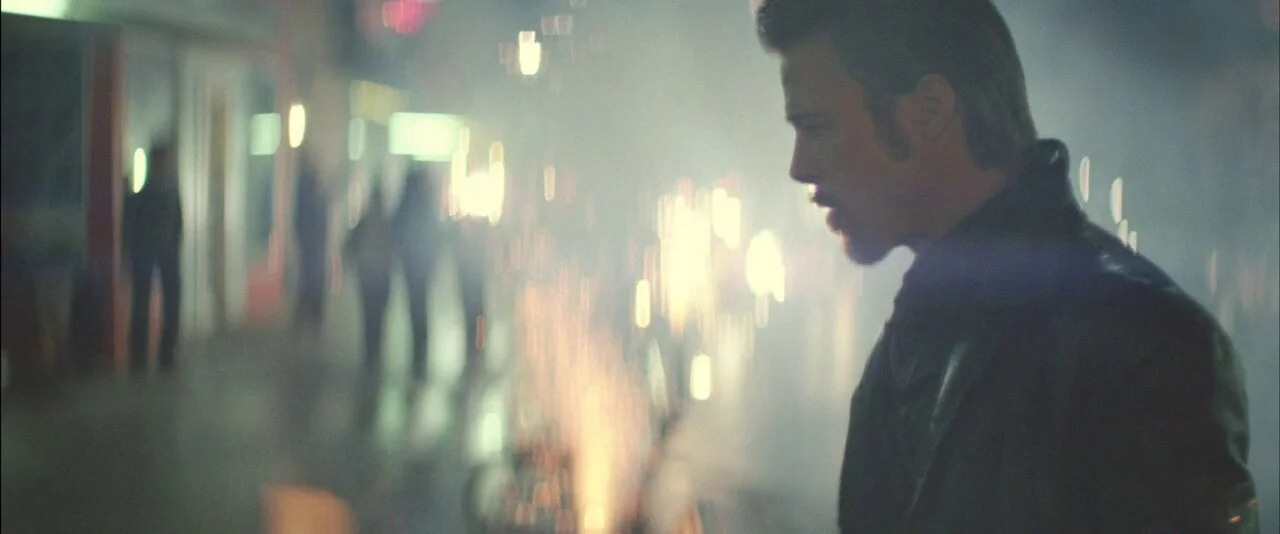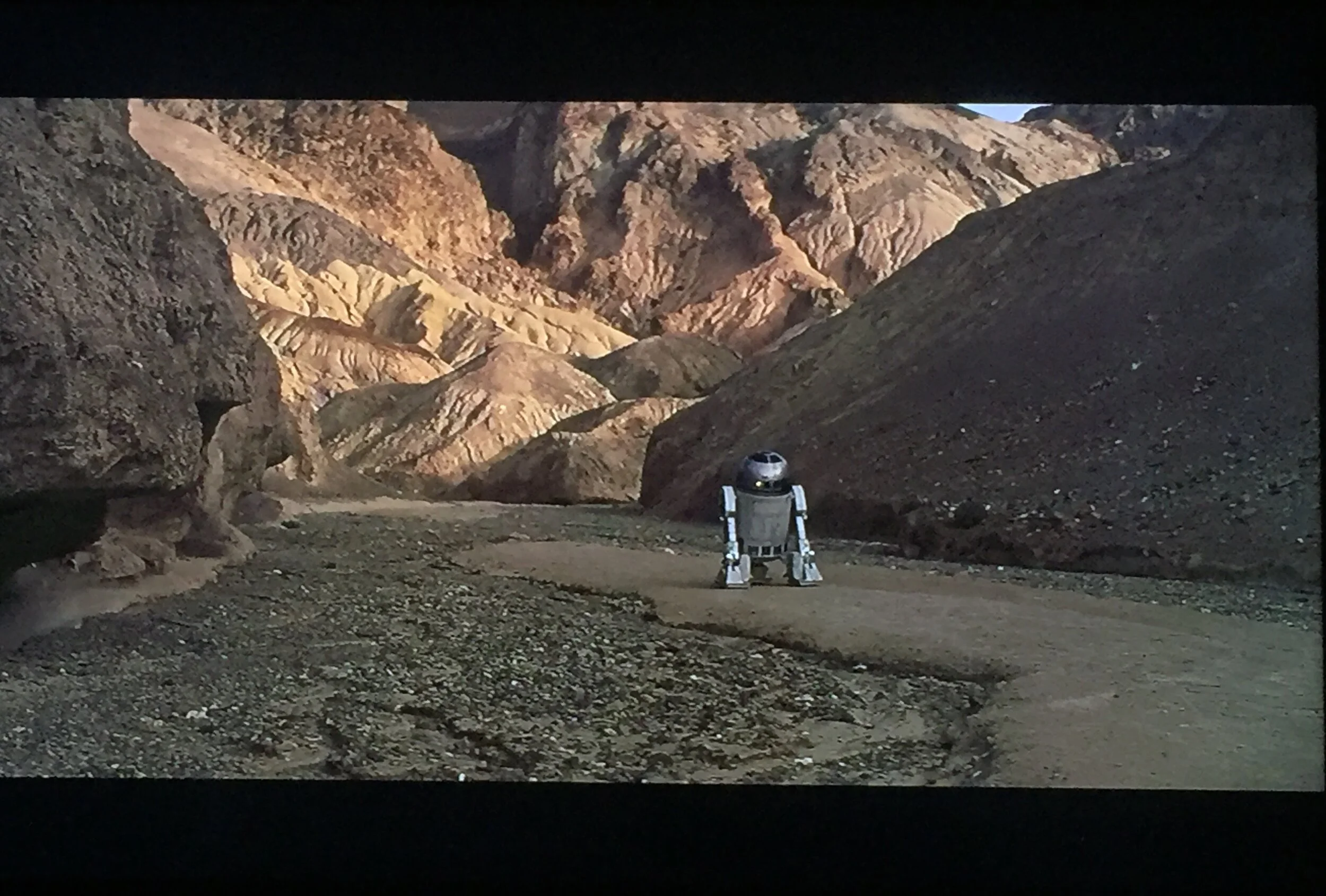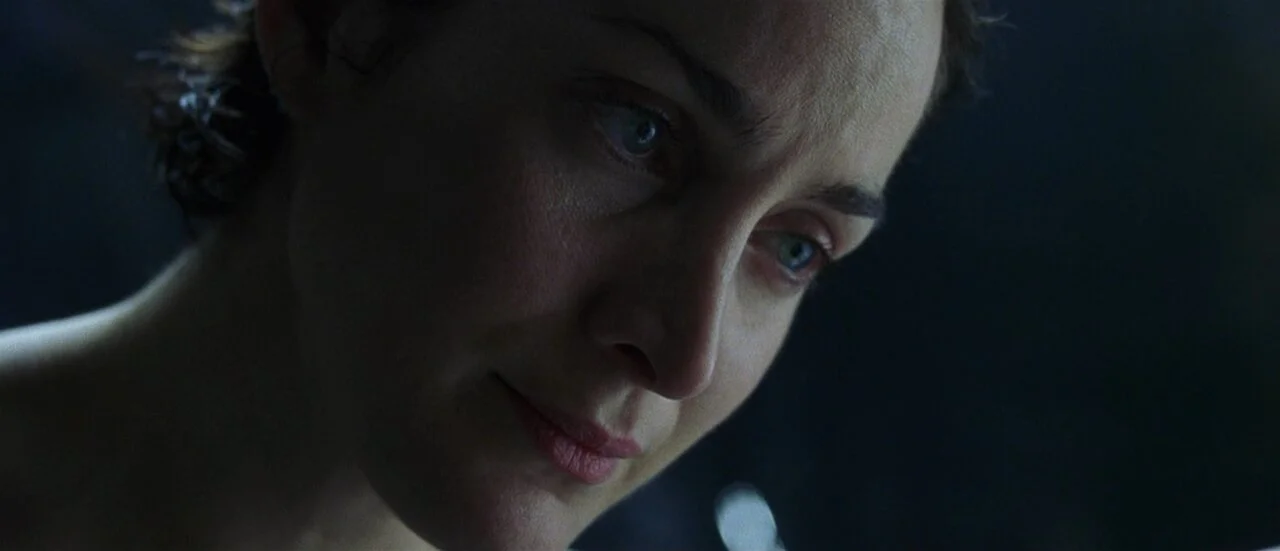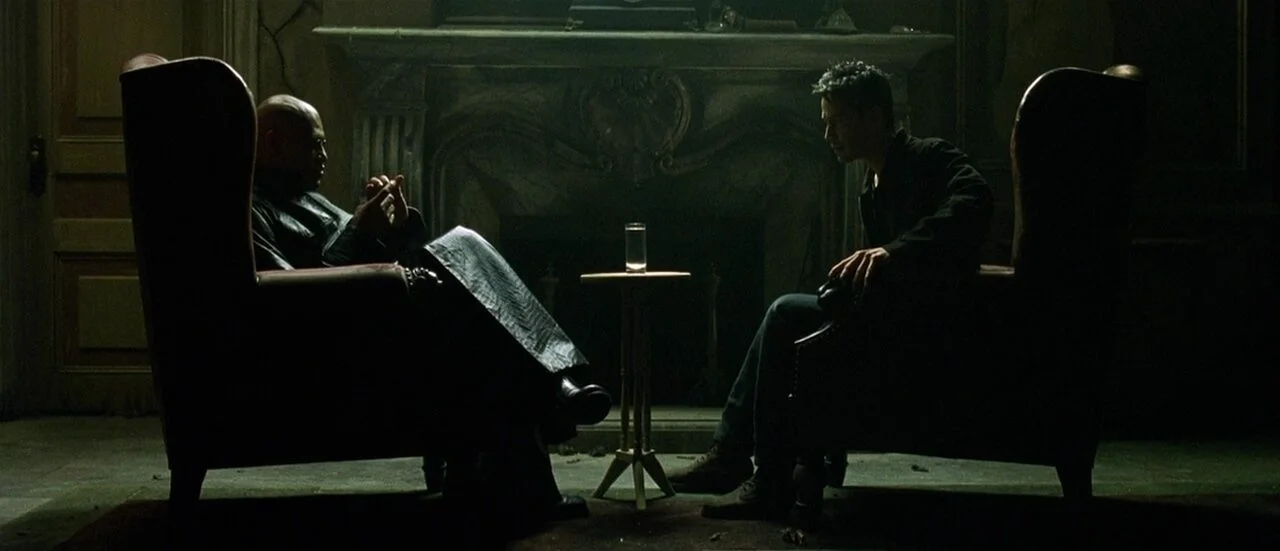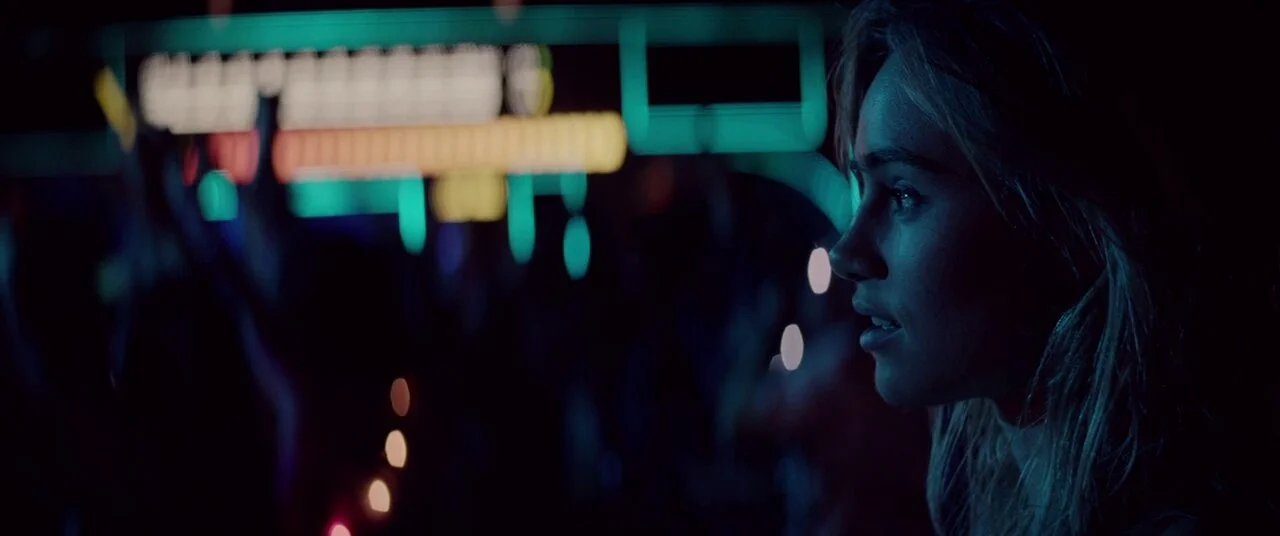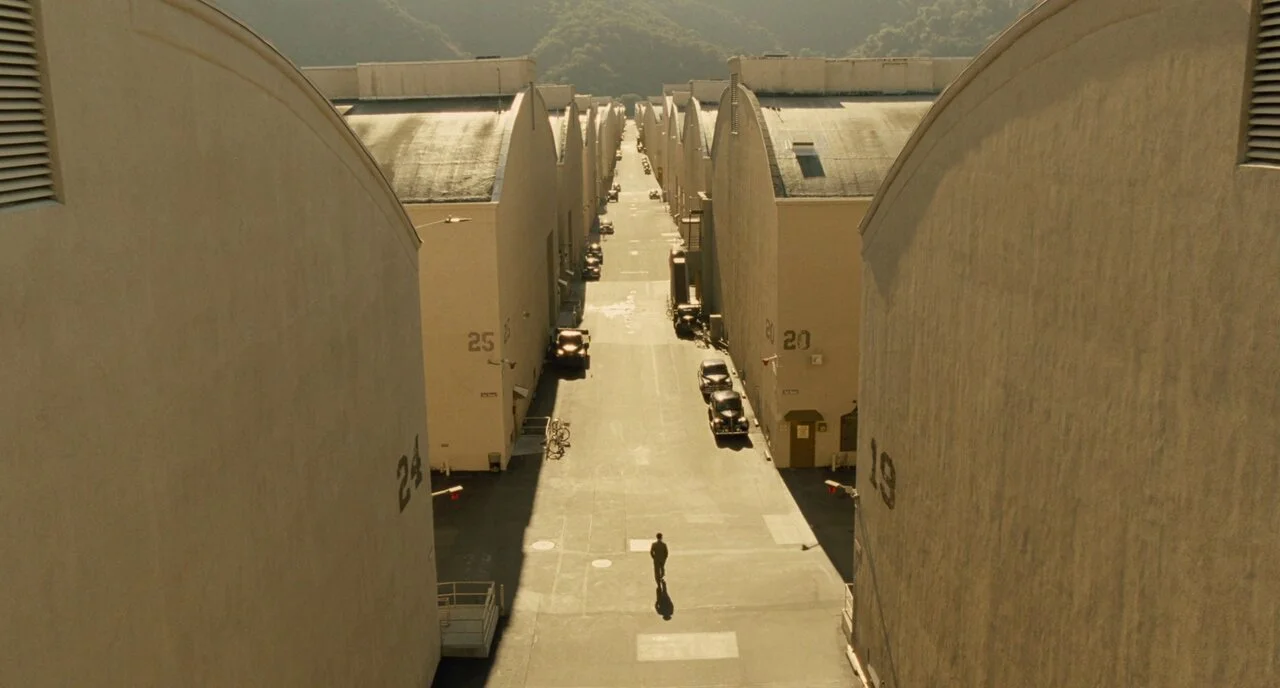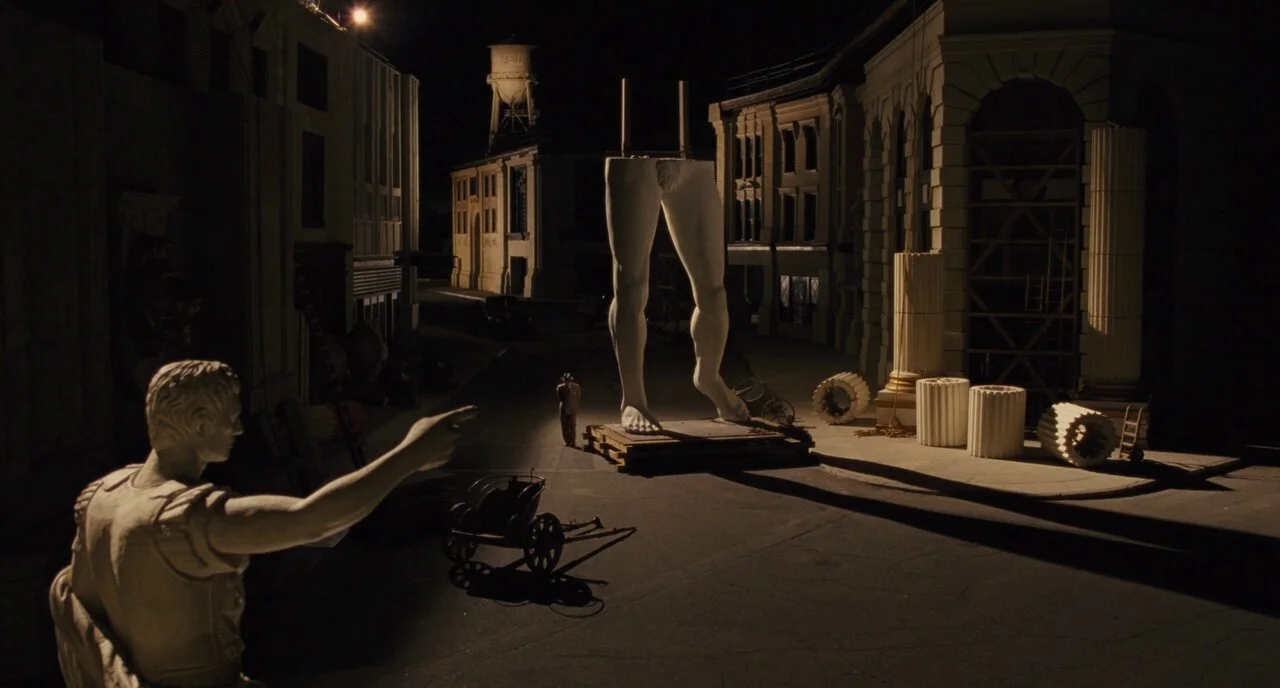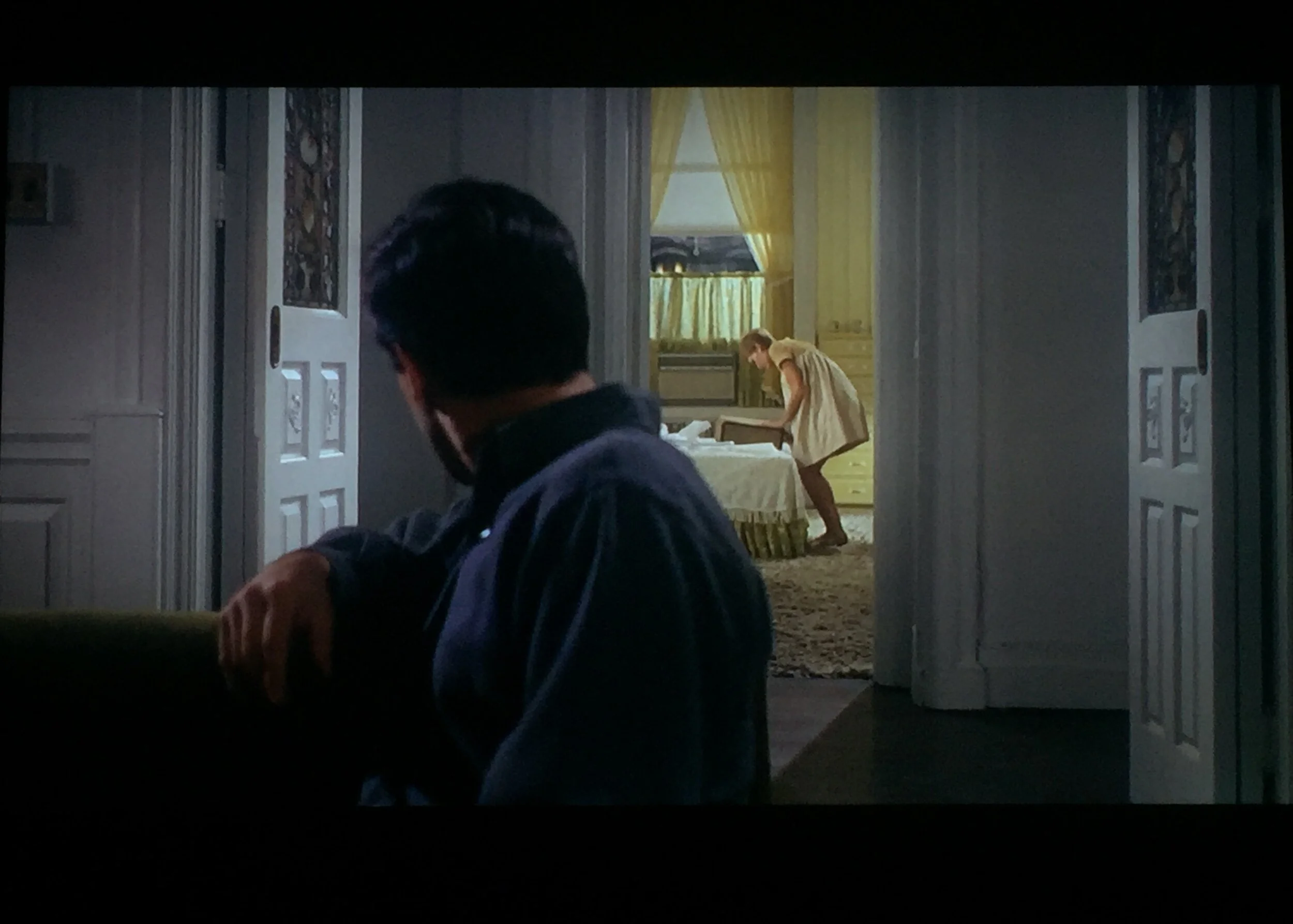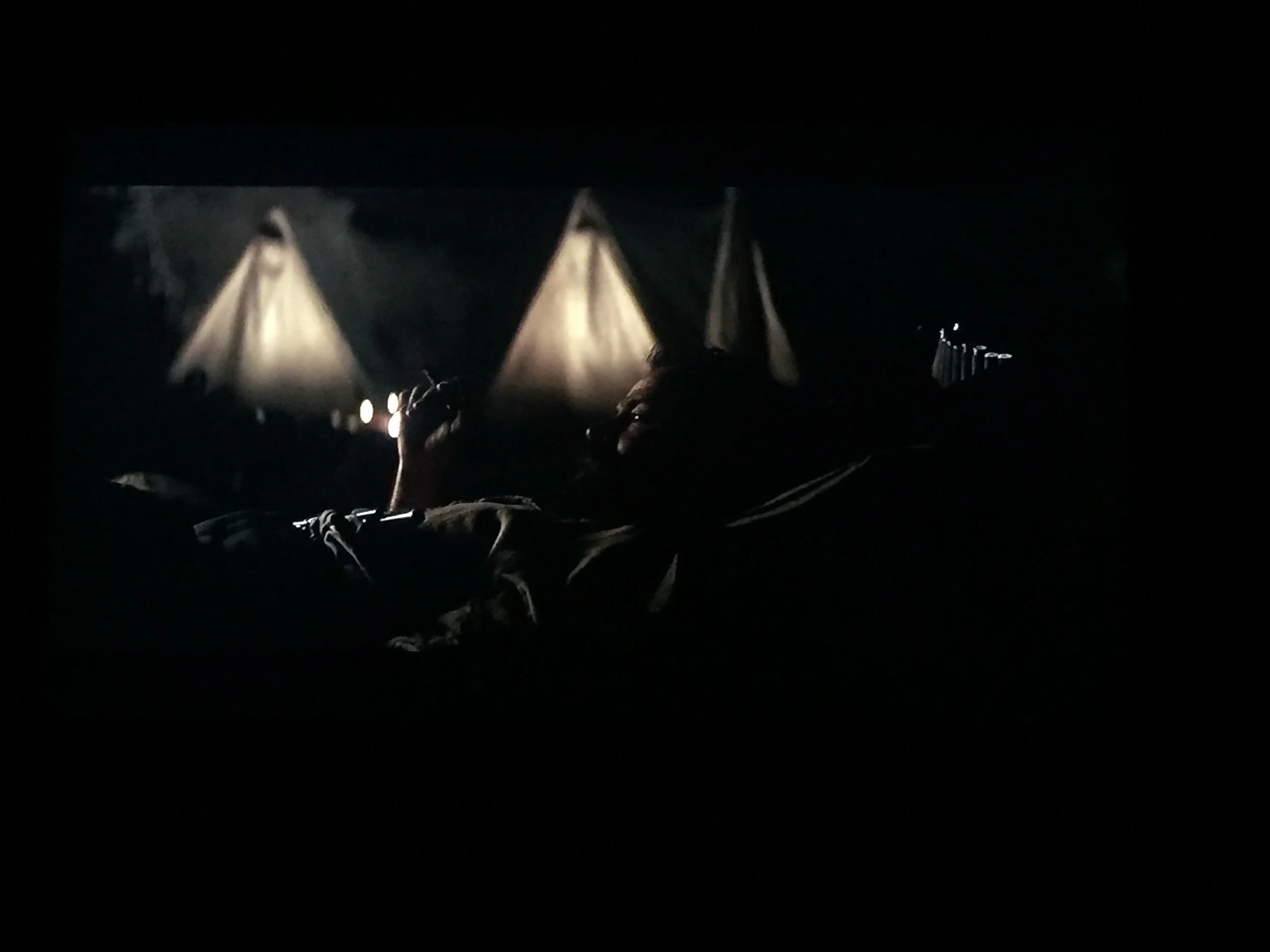I managed to not take a single photo this week (aside from mostly trivial stuff on my phone), but I didn’t want to break my streak of posting consistently, so I’m sharing stills pulled from some movies I’ve watched over the past few weeks (some courtesy of Filmgrab and some snapped with my phone while viewing- apologies these are really low quality).
I grew up a big film buff, taping up lists of Oscar winners and Hitchcock’s filmography on my bedroom door and watching Turner Classic Movies on Friday nights with my family before even DVD rental through Netflix was prevalent. My interest in the history of cinema slowly grew to include a desire to actually engage in the process of making movies. I studied still photography and filmmaking in high school and then got my undergraduate degree in cinematography, all the while continuing to watch movies, only now with an added appreciation for the technical skill and artistry.
Yet, funny enough, the more time I spend working on set, the less frequently I watch movies. Long hours often leave me only with the brain capacity and stamina for something short and easily digestible (much love to King of the Hill). In the past few months, I’ve been trying to get back into watching movies with greater regularity and now, in this period of confinement, this has been especially easy. I’ve watched a movie almost every day since my quarantine began in mid-March, but it’s only within the past few weeks that I’ve started taking photos of shots that catch my attention. I’m trying to be a more active viewer, to watch with an analytical eye or at least be more thoughtful of the technical and artistic choices at play.
I wanted to be a filmmaker because I loved watching movies. I loved the way the movement of the camera or the lighting- elements grounded in tools and gear- could transport and engage the audience with the mood of a person or place. Roger and James Deakins have been releasing episodes of their podcast “Team Deakins” (https://teamdeakins.libsyn.com/) over the past few weeks, which feature conversations about different aspects of cinematography (the one on film processing brought me back to a college course on the chemical makeup of film and the work done at the lab). I’ve enjoyed listening to the episodes, but particularly appreciate the repeated reminders that above all, the goal of cinematography is to help tell the story. This element of production is highly technical and often gear-oriented, but, at its core, it is deeply creative. This has been an important personal reminder, even as I am out of work and the film industry is largely shuttered. I hope to continue practicing active movie-watching, but also incorporate my observations and grounding in the story into my own work.
Below I’ve listed the films where the stills came from and some jottings about what caught my attention:
A Series of Unfortunate Events (2004) - super hot patches of light mixed with areas of darkness. There’s also a scene on the water that feels a bit stagey, but the intense warmth and deep shadows all work for the over-the-top story and I love the beams from the lighthouse and flashlight.
Django Unchained (2012) - Beautiful wide landscape shots (it is a neo-Western, I suppose…). Rich colors- the coolness of the mountains, the greens of the plantation, the stifling warmth of the Candie house
Rosemary’s Baby (1968) - I focused on constriction in the frame- characters (primarily Rosemary) framed within tight hallways or doorways- she is truly trapped. Also the light from the keyhole when she’s in the closet!!
Hail, Caesar! (2016) - there’s an artifice in the lighting of some scenes, which I felt lends itself to the film being a story about old Hollywood, things feel stagey and showy which fits with the period. I also loved the wide shots capturing the studio lot- we never forget where we are
Handia (2017) - more beautiful natural lighting as well as a lot of lovely silhouettes
Star Wars IV (1977) - I’ve seen this movie a bunch of times, but I never appreciated how it’s droids who guide us through the beginning of the film and introduce us to the desolation of Tatooine. I love the wide shots of this desert planet, but also the more contrasty and bold edges of the space station lighting.
The Good The Bad and The Ugly (1966) - intercutting of big wide shots with super tight closeups. The closeups capture the subtle movements in the characters’ eyes and everyone in the cast has an interesting face- I love seeing all the details- the shine of sweat, the creases in their skin… The final scene in the graveyard is also overwhelming and great- again that wide scope cut with extreme tights just adds to the tension.
Killing Them Softly (2012) - there’s a scene at the end with Brad Pitt’s character walking through a celebration in the street where fireworks are going off and he’s sometimes fully lit, sometimes in silhouette. It’s chaotic and colorful.
The Witch (2015) - the stillness of the frame, with occasional subtle movement (like a slow pull back). Feels very painterly- the candlelit scenes reminded me of the paintings of Georges de La Tour. Also- everything is so soft and so grey!
The Matrix (1999) - I hadn’t seen this one in awhile… I love the gritty green coloring of “the Matrix,” the use of reflections, and the deep contrast (after all it’s black latex, and sunglasses, and slick hair)
Hostiles (2017) - beautiful studies in natural lighting at all times of day as well as use of period lamps/lanterns
The Bad Batch (2016) - Harsh, blinding desert sun, but night scenes lit by cool-hued neon and Christmas lights
The Two Popes (2019) - I was particularly drawn to the black and white sequence retelling Cardinal Jorge Bergoglio’s history. I couldn’t get a good shot, but the scene where he enters the church for an unanticipated confession- the depth of space in the cathedral, the silhouette of Bergoglio in the foreground the priest in the background…
